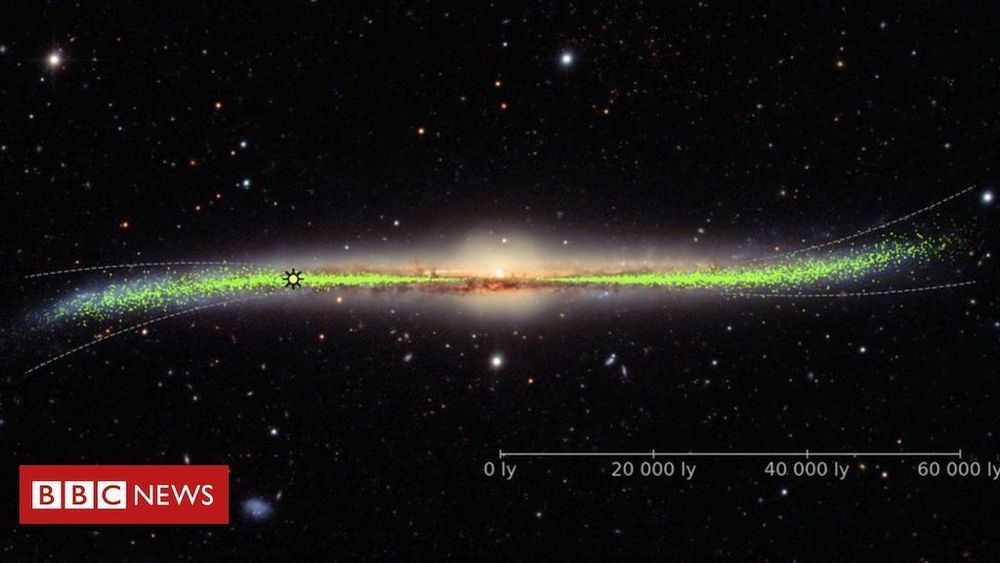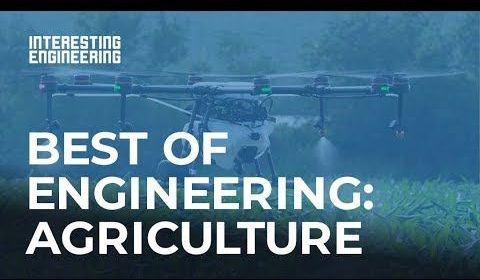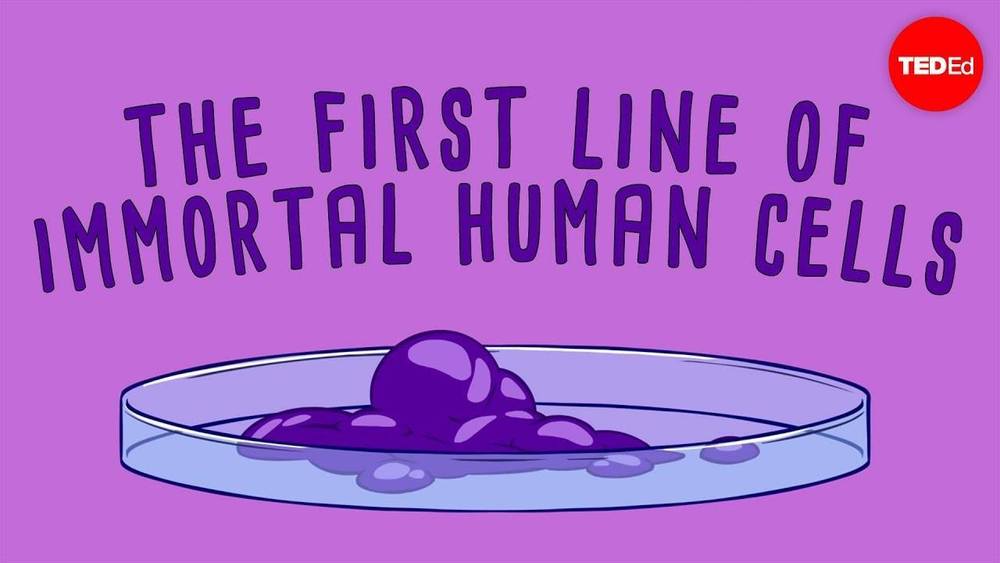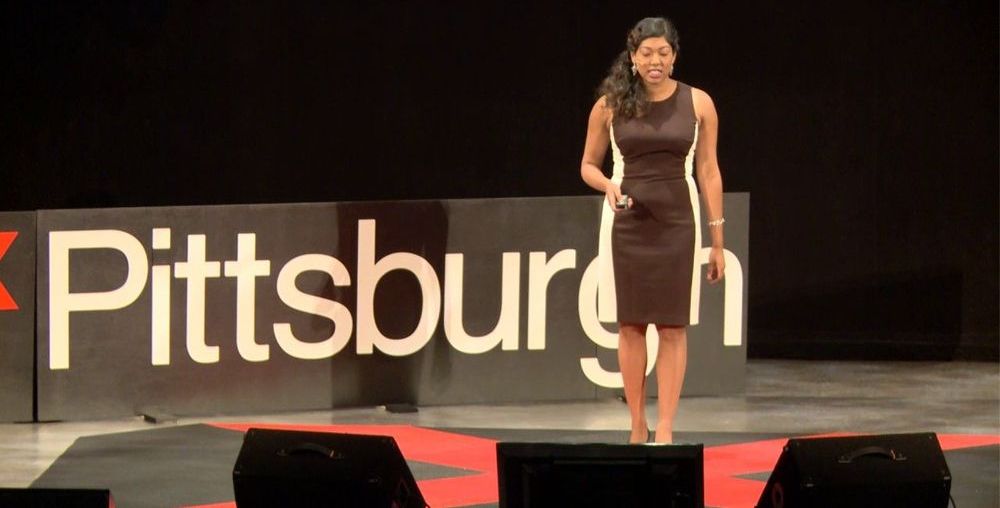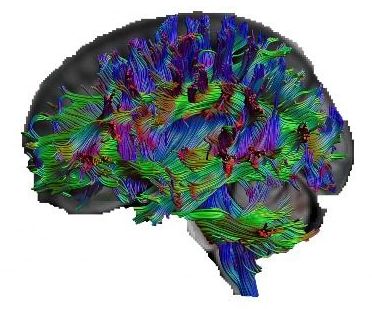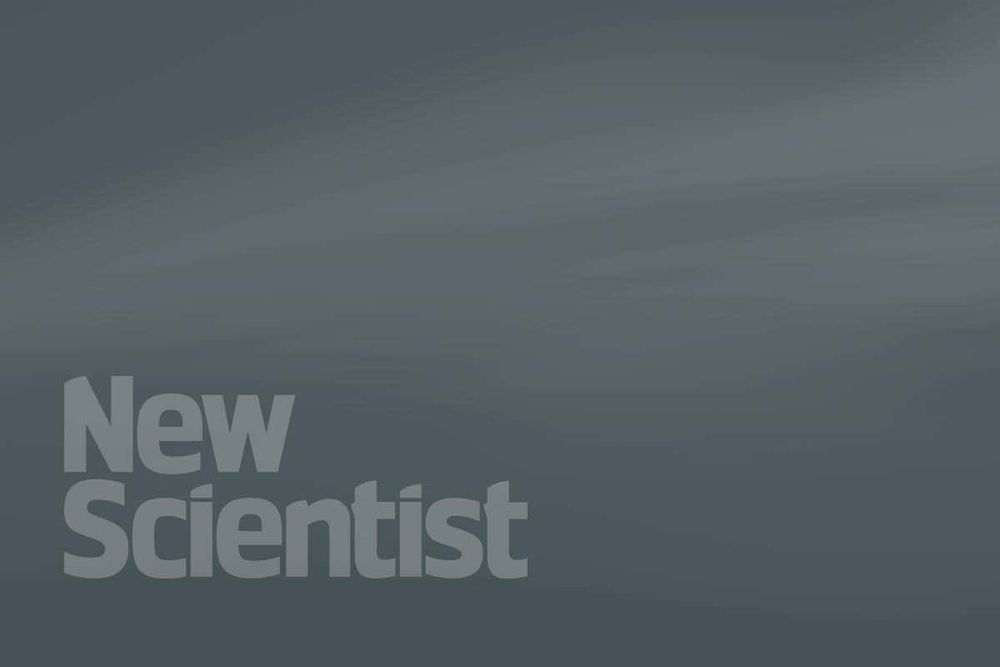- UK Home
- England
- N. Ireland
- Scotland
- Alba
- Wales
- Cymru
- Local News
Agricultural Revolution is one of the milestones of today’s civilization. It was driven by technological innovations and inventions thousands of years ago, and it is still a very crucial part of our species’ social construct. Engineers are developing tools and machines to make farmers’ job a lot easier by technologies like automation for sustainable productivity. Here are 7 innovative ways the technology is used for agriculture.
Facebook: http://facebook.com/interestingengineering
Twitter: http://twitter.com/intengineering
Instagram: http://instagram.com/interestingengineering
Linkedin: http://linkedin.com/company/10070590
A NASA satellite has discovered a planet that could have the perfect conditions to host life.
The planet, which is about 31 light-years away from us, was picked up by the space agency’s TESS satellite and its conditions could support life, according to a bunch of scientists who have been researching it.
NASA has given the planet the name GJ 357 d, which isn’t very catchy, but researchers have given it the nickname ‘super-Earth’, due to the fact it has similar conditions to Earth but is much bigger.
Click on photo to start video.
Today would have been the 99th birthday of Ms. Henrietta Lacks, a woman whose remarkable DNA led to countless cures, patents and discoveries:
But critics point out that all that promise could vanish if the rush to implement A.I. tramples patient privacy rights, overlooks biases and limitations, or fails to deploy services in a way that improves health outcomes for most people.
You could be forgiven for thinking that A.I. will soon replace human physicians based on headlines such as “The A.I. Doctor Will See You Now,” “Your Future Doctor May Not Be Human,” and “This A.I. Just Beat Human Doctors on a Clinical Exam.” But experts say the reality is more of a collaboration than an ousting: Patients could soon find their lives partly in the hands of A.I. services working alongside human clinicians.
There is no shortage of optimism about A.I. in the medical community. But many also caution the hype surrounding A.I. has yet to be realized in real clinical settings. There are also different visions for how A.I. services could make the biggest impact. And it’s still unclear whether A.I. will improve the lives of patients or just the bottom line for Silicon Valley companies, health care organizations, and insurers.
“I think that all our patients should actually want A.I. technologies to be brought to bear on weaknesses in the health care system, but we need to do it in a non-Silicon Valley hype way,” says Isaac Kohane, a biomedical informatics researcher at Harvard Medical School.
Голливудские звезды Арнольд Шварценеггер, Сильвестр Сталлоне и Дольф Лунгрен сообщили, что не собираются стареть.
На видео, опубликованном в “Инстаграме”, три звезды блокбастеров заявили, что они “мужчины, которые не собираются стареть”.
Как сказал Сталлоне: “В самом деле, зачем? Мы просто веселимся. Стареть — это так некрасиво!”
При этом Сталлоне заслоняет рукой объектив и говорит, что его рука выглядит лучше, чем лицо Шварценеггера. Арнольд на это отвечает: “Он думает, что его рука лучше?! Да посмотрите, какой я красавец”.
Фанаты оставили под записью множество восторженных комментариев.
https://www.instagram.com/p/B0XMUUmHzsv/?utm_source=ig_embed…atch_again
Researchers examining the brains of 324 men and women with a special form of magnetic resonance imaging called diffusion tensor imaging have identified interesting differences in the wiring of general knowledge buffs’ brains.
“Something happened to them. These findings of the inner ear disorder cannot be faked,” he said. “It is not hysteria. It is not crickets.”
Could a dog’s brain offer any clues to the mysterious concussion-like syndrome affecting Canadian and American diplomats who were posted to Cuba?
That is one of the many threads being pulled in an effort by researchers and scientists — and those affected — to better understand the condition referred to as Havana Syndrome, which has been blamed for debilitating some Canadian diplomats and their families.
The brains of those diplomats and their spouses are being tested at Dalhousie’s Brain Repair Centre. Officials there were unavailable for interviews, but one of the diplomats involved told this newspaper that early findings have amazed researchers.
In 1948, physicist Leonard Eisenbud proposed a particular way of transmitting the waves to overcome this. But not until now have researchers made it happen.
By Michael Slezak.
It’s a call with no response. A new way of creating waves – whether of light, radio or sound – that don’t echo promises to improve everything from your Wi-Fi signal to medical imaging to shining lasers through space.
As a wave travels – think of light shining through water, for example – it can become scattered. This is a problem in telecommunications: if you send digital signals down a very long optical fibre, the pulses can get stretched out, and 1s can start to blend into 0s.
Some call it a SASER and others call it a PHASER.
How do you whisper to someone across the room? With lasers, of course. MIT has developed a system using lasers to transmit audio signals directly to the ear, and no one else in the area can hear them. As a nice bonus, the laser won’t burn your skin or eyes should you turn your head at the wrong moment.
The laser system leverages what is known as the photoacoustic effect. That simply means that the absorption of light waves by a material produces sound waves. In this case, the light is absorbed by water molecules in the air, but the researchers learned to very carefully tune the laser to control where the sound appears. It’s essentially a narrow cone of sound.
Making sound with a laser is one thing, but creating specific tones or transmitting a message is much harder. The team evaluated two methods for doing this. First, there’s the laser sweeping technique, which involves altering the wavelength of light to create different sounds. The traditional photoacoustic method uses varying power to encode a message.
